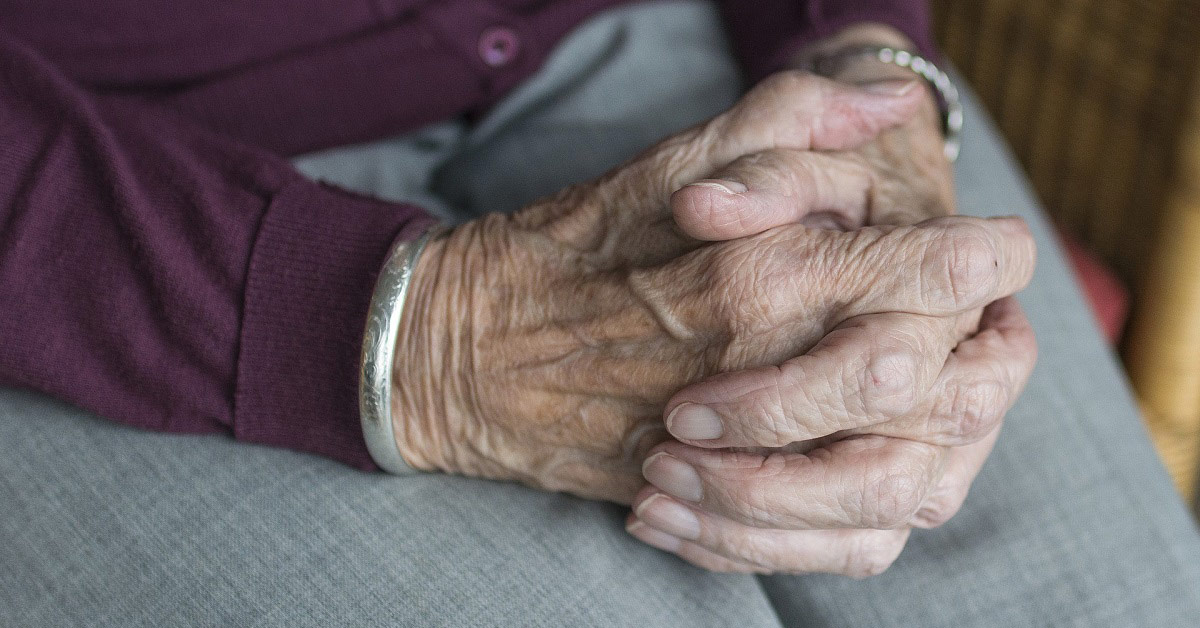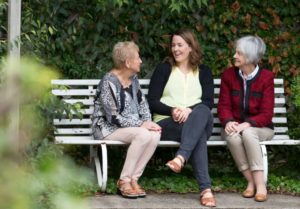
New research from Flinders University and SAHMRI shows 354 older people who were accessing or waiting for aged care services died by suicide between 2008 and 2017, 0.7% of more than 530,000 nationwide.
“Each death by suicide is potentially preventable, and evidence suggests that most deaths by suicide among older adults result from psychological distress,” says research co-author Dr Monica Cations, a Senior Research Fellow with the College of Education, Psychology and Social Work at Flinders University and affiliated Registry of Senior Australians reseacher.
In a largely overlooked statistic, older adults record the highest age-specific suicide rate of any age group in most countries. In Australia, the suicide rate among men aged 85 and older is three times that observed in the general population.
The research showed that fewer than 20% of the older people who died by suicide received any Medicare-subsidised mental health service in the year before their death, however it is acknowledged that older people may be accessing mental health services via other means.

“There has been very little research about this vulnerable population of Australians. Older adults have great difficulty accessing mental health support, which could be powerful in preventing their death by suicide,” says Dr Cations.
“Those living in residential aged care were least likely to die by suicide, probably because they were more frail and had more frequent monitoring. We know that people living in residential aged care commonly experience mental health concerns.”
Of great concern is that many of the older people who died by suicide during the study period were waiting for aged care services. The negative impacts of long wait times for aged care services were also repeatedly highlighted in the recent Royal Commission into Aged Care Quality and Safety.
“These results emphasise the importance of continued efforts to reduce those waiting times”, says Dr. Cations.
Those most likely to die by suicide are older men, people who had previously been hospitalised for self-injury, those living at home alone, and those with existing mental health conditions. These people should be key targets for suicide prevention efforts.
“Effectively preventing suicide in older adults requires multicomponent interventions that target social isolation, clinical symptoms, access to lethal methods, stigma, help seeking, and access to mental health services,” says Dr. Cations.
Both Australian and international research demonstrate that so-called ‘gatekeeper’ interventions that aim to reduce social isolation are effective strategies for suicide prevention that could be applied in aged care settings.
The research – “Death by suicide among aged care recipients in Australia 2008–2017”, by Monica Cations, Catherine Lang, Brian Draper, Gillian Caughey, Keith Evans, Steve Wesselingh, Maria Crotty, Craig Whitehead and Maria Inacio – has been published in International Psychogeriatrics journal, and online by Cambridge University Press.
- For people seeking help and further information on issues surrounding suicide and self-harm, please contact Lifeline (lifeline.org.au, Phone: 13 11 14), Suicide Call Back Service (Phone: 1300 659 467), Beyond Blue (beyondblue.org.au/forums, Phone: 1300 224 636) and MensLine Australia (mensline.org.au, Phone: 1300 789 978).
- Other valuable resurces can be found through Head To Health mental health portal (headtohealth.gov.au), Life In Mind sucide prevention portal (lifeinmind.org) and SANE online forum (saneforums.org).

